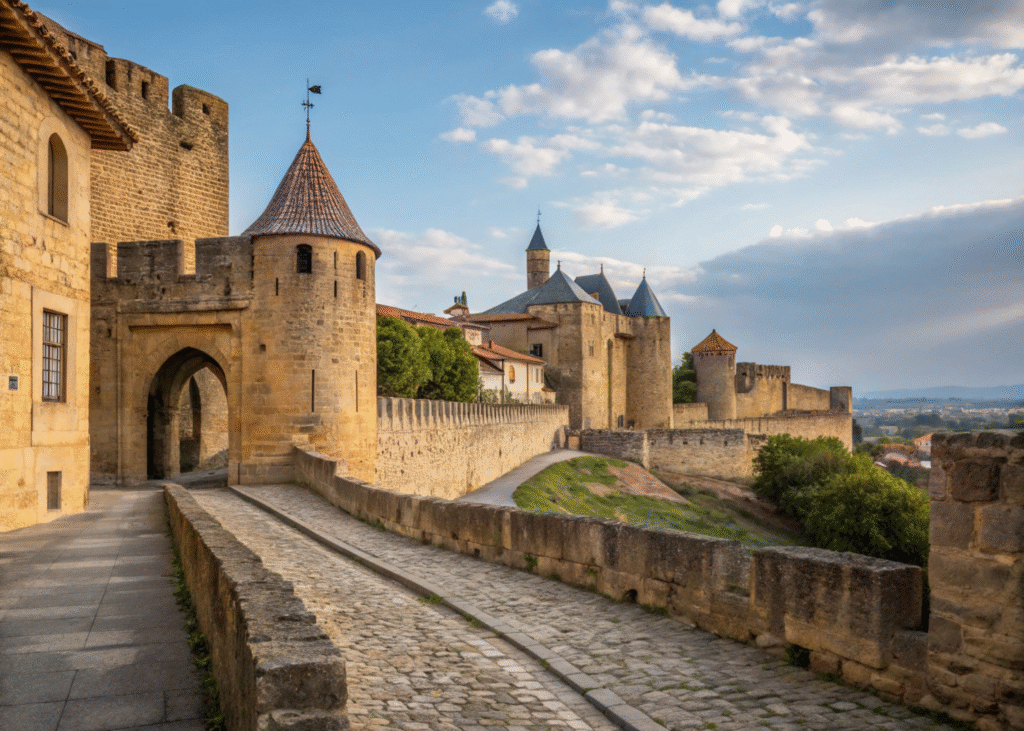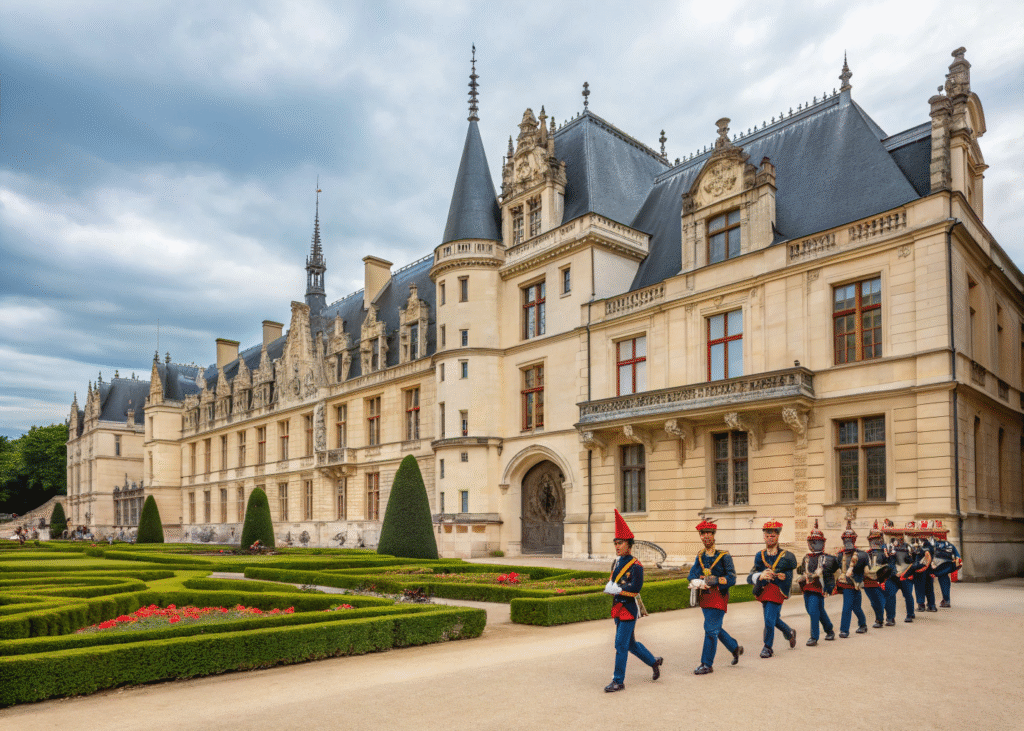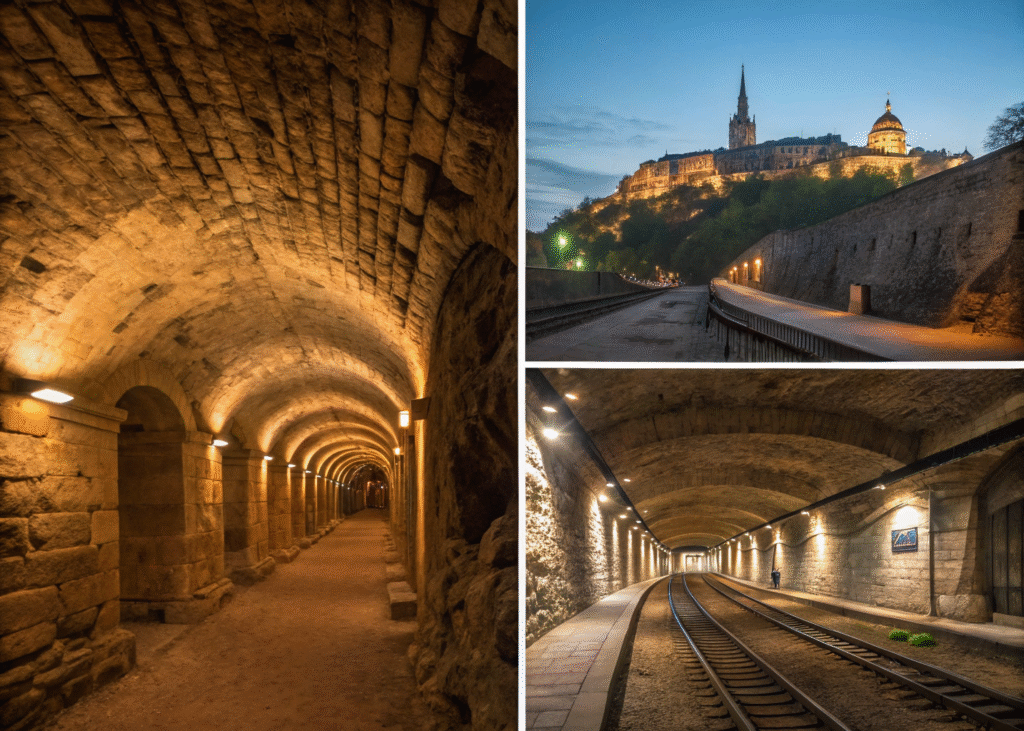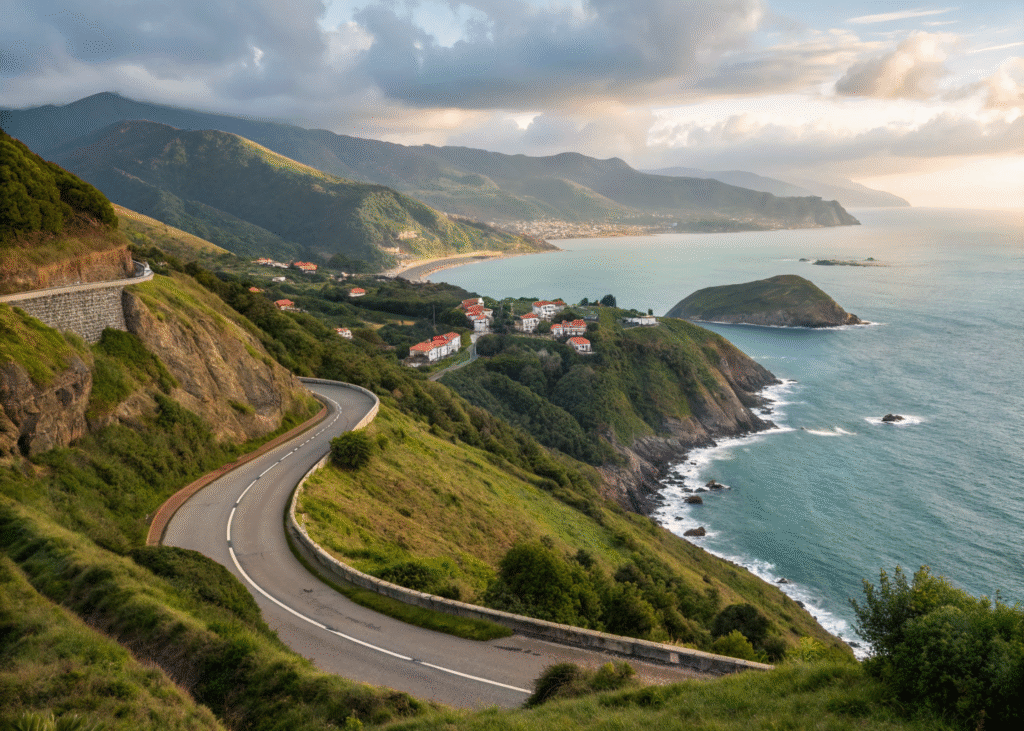Those who are skipping Luxembourg are missing out on Europe’s most beautiful hidden gem.I’ve spent three weeks finding the best places to visit in Luxembourg, from medieval castles perched on impossible cliffs to vibrant city squares where three languages mingle in the same conversation.
What surprised me most wasn’t the jaw-dropping scenery or the world-class cuisine – it was how few Americans I encountered along the way. And after you find out what awaits in these five places, you will wonder why this is not on everyone’s bucket list.
Top places to visit in Luxembourg
Old Quarter and its Fortifications

The Old Quarter is not only another charming region in Europe, you see. With good reason, this beautiful ancient masterpiece was designated a UNESCO World Heritage Site. Time travel, without the strange sci-fi side effects, is what it feels like to walk these cobblestone streets.
The fortifications here are seriously impressive. Luxembourg used to be invincible thanks to its huge walls and towers. As you travel over the historical defenses, you will see the remains of more than 23 forts and 17 kilometers of underground tunnels. Not too bad for a small country!
Don’t miss Plateau du Rham with its military barracks and the iconic Neumünster Abbey nestled in the Grund neighborhood below. The contrast between these sturdy stone structures and the lush valley is straight-up Instagram gold.
Grand Ducal Palace and The Changing of the Guard

The Grand Ducal Palace isn’t just where Luxembourg’s royals hang out – it’s also an architectural stunner right in the city center. This sand-colored building with its Renaissance-style façade serves as the official residence of the Grand Duke.
During summer months (mid-July through early September), you can peek inside at the opulent state rooms. But the real show happens outside with the changing of the guard. Unlike the super-formal affairs in other European capitals, Luxembourg’s version feels more intimate and personal.
The guards, decked out in their dark blue uniforms, perform this ceremonial dance with precision but without the stuffiness you might expect. Stake out a good spot 15 minutes before the hourly change – trust me, it’s worth it.
Casemates du Bock Underground Tunnels

The Casemates du Bock are wild, with a 17-kilometer network of underground tunnels dug into the city’s cliffs. These were no ordinary tunnels; they were sophisticated military corridors capable of accommodating hundreds of soldiers and their equipment, as well as workshops, kitchens, and even slaughterhouses.
These caves, which were built in 1644 but expanded multiple times, provide a greater story of Luxembourg’s strategic importance than any history book. As you dive down low corridors and emerge into huge chambers, you will feel the weight of millennia bear down.
The lighting inside provides an eerie, dramatic atmosphere that allows for excellent photography. Some tunnels have unexpected windows cut into the rock, providing postcard-perfect vistas of the lower town. Bring a light jacket; even on hot summer days, it remains cold here.
Kirchberg: Bold Leap from History to Futurism

Kirchberg is Luxembourg’s surprising story twist. After all that medieval grandeur, you suddenly find yourself among gleaming glass-and-steel structures housing EU institutions and foreign banks.
The Philharmonie Luxembourg, designed by Christian de Portzamparc, is known for its 823 white columns. It is more than just a lovely face: the acoustics inside are remarkable. Right next door, I.M. Pei’s MUDAM (Museum of Modern Art) combines contemporary design with aspects of the ancient Fort Thüngen.
The stark contrast between old and new is most noticeable when crossing the Red Bridge (Pont Grande-Duchesse Charlotte). On one side, centuries-old defenses. On the other side, big assertions about 21st-century design. It is as if Luxembourg is saying, “Yes, we have history, but we are not stuck in it.”
Chemin de la Corniche "Europe's most beautiful balcony"

They call Chemin de la Corniche “Europe’s most beautiful balcony,” and for once, the tourist hype is entirely justified. This pedestrian walkway follows the eastern edge of the historic city defenses, providing breathtaking views.
From this vantage point, you can see the entire Alzette Valley, including the lower village of Grund. The patchwork of red-tiled roofs, church spires, and lush foliage produces a beautiful visual harmony that varies with the seasons.
Sunrise here is wonderful, with gentle light gradually illuminating the valley while most tourists are still in bed. But really? Sunset might be even better, especially as the dying light paints the old stone walls golden and the city lights glitter beneath. Bring your camera, but do not hide behind it the entire time. Some viewpoints merit your complete attention.

